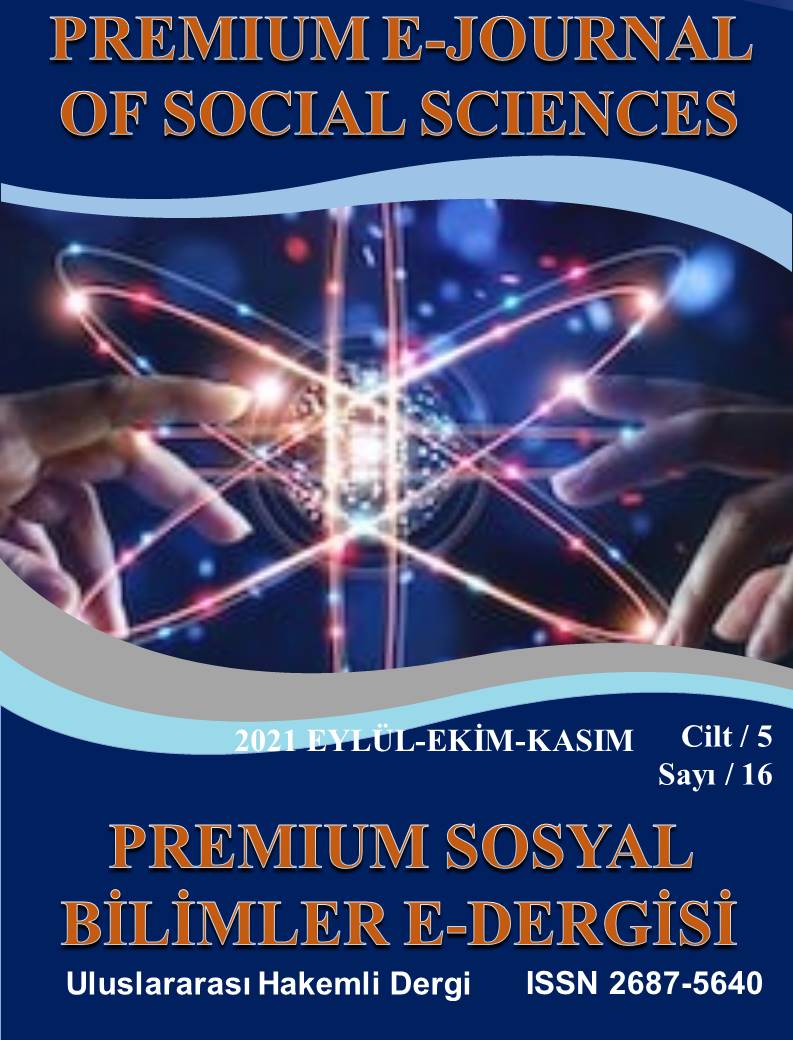R&D EXPENDITURES, FOREIGN TRADE AND GROWTH RELATIONSHIP IN NEW INDUSTRIAL COUNTRIES
DOI:
https://doi.org/10.37242/pejoss.2159Anahtar Kelimeler:
R&D Expenditures, Economic Growth, Foreign Trade, Panel Data AnalysisÖzet
In a world where globalization is accelerating, international competition is increasing, R&D, innovation and technology are at the forefront, it is important to examine the relationship of countries' R&D expenditures with foreign trade and economic growth. Countries coming to the forefront in the global market is only possible with innovation and R&D. R&D is defined as a new service and product development process. Since there is a great variety of products and services, it is possible to make a difference and to reveal innovation with R&D. At this point, the existence of R&D activities is important. As a matter of fact, one of the indicators of the development level of countries is R&D expenditures. Technological advances achieved through R&D reduce production costs and save time. R&D expenditures provide countries and companies with advantages such as competition and productivity increase. However, it reduces the foreign dependency of countries technologically and enables foreign capital to enter the country. In this study, Taylor and Sarno (1998) analyzed the period of 2000-2019 for 10 new industrialized countries, namely Turkey, Brazil, South Africa, South Korea, Greece, Colombia, Mexico, India, Thailand and China, in terms of economic growth and foreign trade relation of R&D expenditures. Econometric analysis was implemented with the MADF unit root test, Emirmahmutoglu and Kose (2011) panel causality test. Emirmahmutoglu and Kose (2011) as a result of the panel causality analysis findings, in line with the findings of the panel-wide analysis, the bidirectional causality relationship between trade and R&D and import and R&D in 10 newly industrialized countries, as well as from R&D to exports, from economic growth to R&D, from exports to economic growth and from imports to economic growth one-way causality relationship, has been found. However, from exports to economic growth and due to the unidirectional causality relationship from import to economic growth, it has been concluded that the growth hypotheses based on export and import are valid for the economies of 10 newly industrialized countries.
It has become inevitable to investigate rural employment in a period when the unregistered agriculture in the labor market in Turkey continues and the rate of youth unemployment in general employment is high and the labor force participation of women is low. The activity is still continuing with the decrease in the share of agriculture in employment. It is necessary to investigate the structure of the labor force in the countryside and develop policies for solving their problems to reduce the informality and to increase the production. In our research, Emirdağ's labor force structure will be investigated according to at least the last 5 years' data. According to the obtained data, solutions for the place, problems and problems of men and women in employment will be proposed. For this reason, the employment structure in our district needs to be determined and assessed in a healthy way.
İndirmeler
İndir
Yayınlanmış
Nasıl Atıf Yapılır
Sayı
Bölüm
Lisans
Telif Hakkı (c) 2021 Premium e-Journal of Social Science (PEJOSS)

Bu çalışma Creative Commons Attribution 4.0 International License ile lisanslanmıştır.


